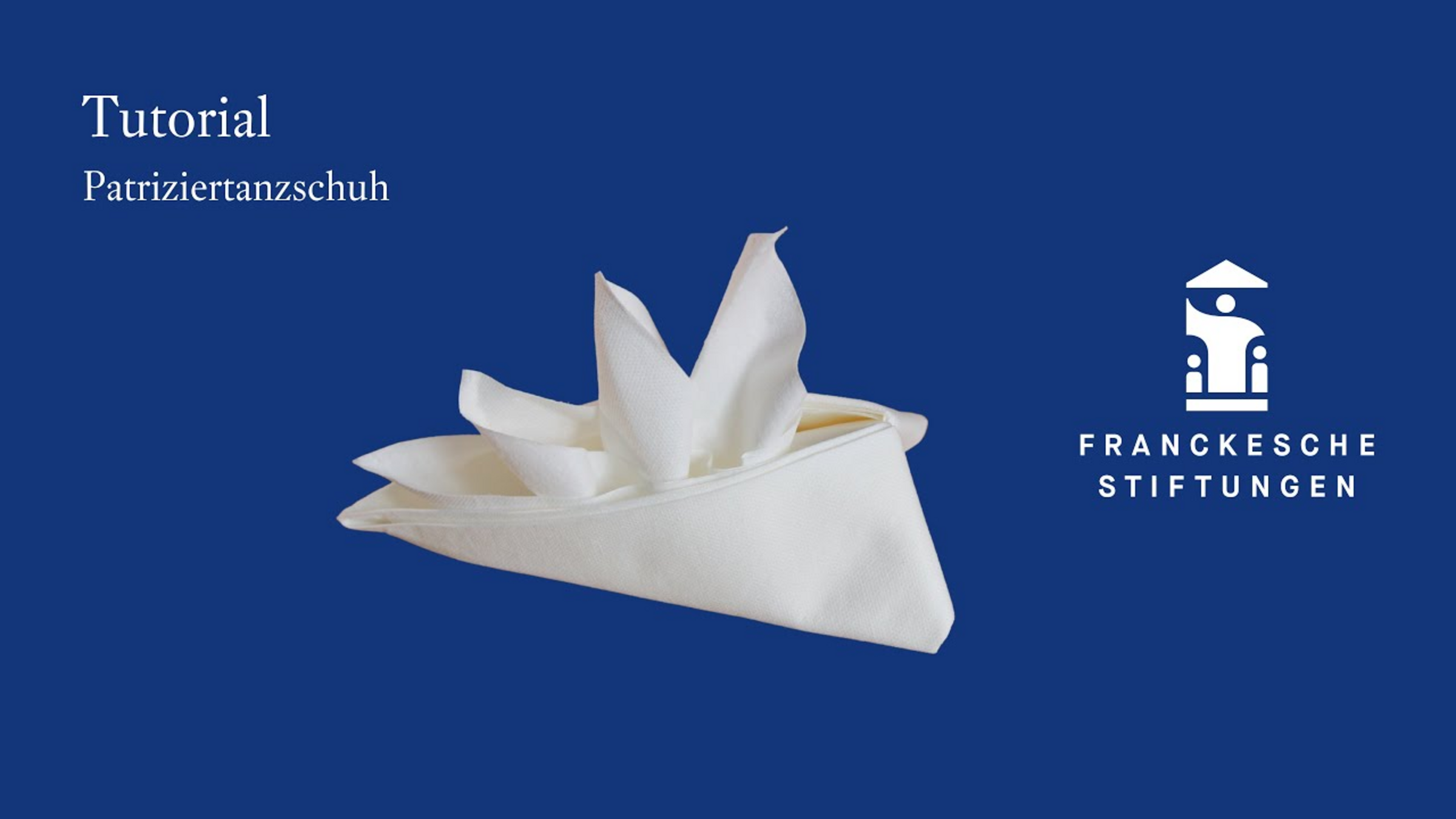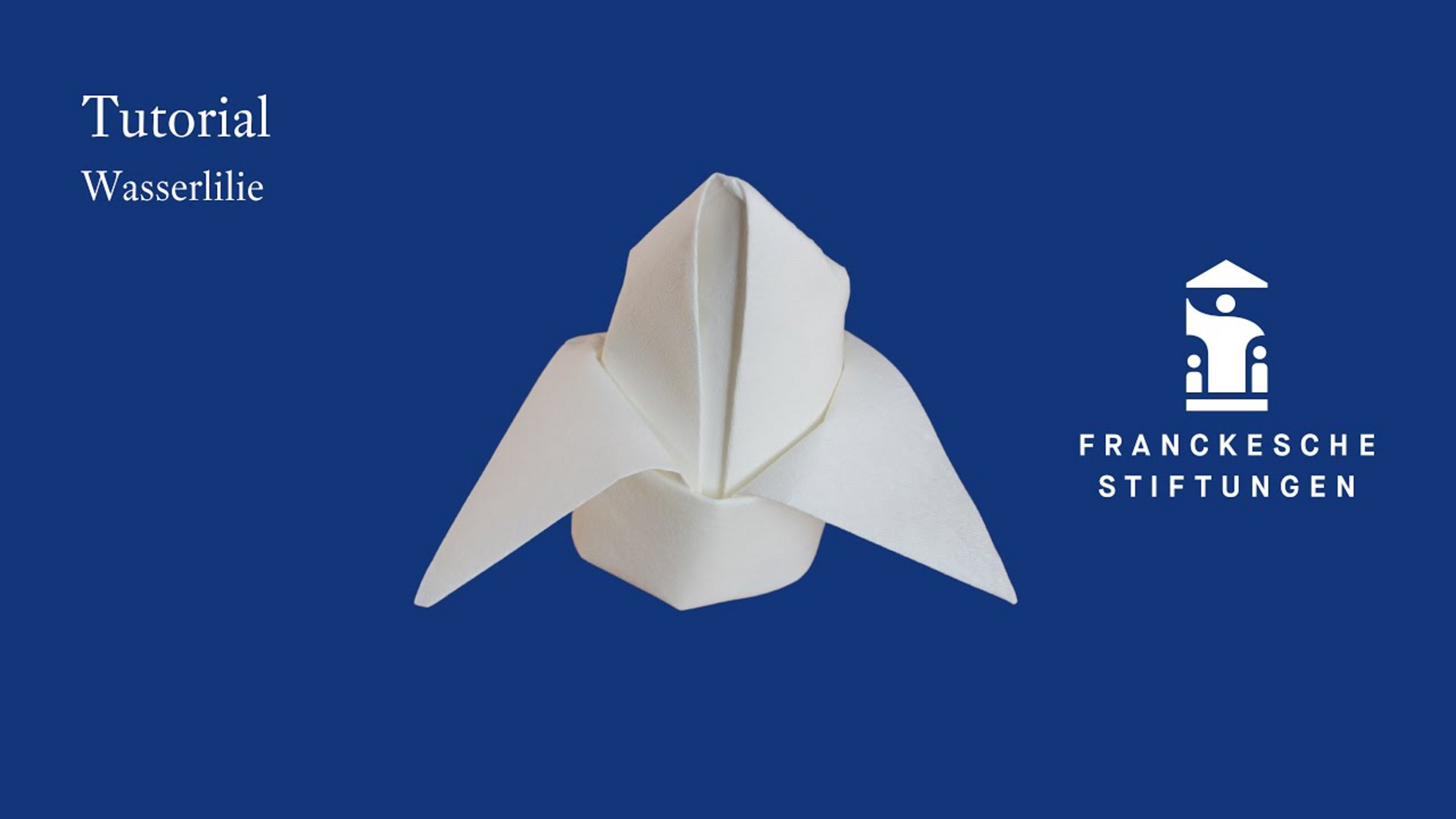Workshop

At the Royal Paedagogium, the school for sons of the nobility and the wealthier middle classes, August Hermann Francke introduced an early form of handicraft teaching. Woodturning, grinding optical lenses and working with paper in the »Papp-Fabric« were taught in dedicated workrooms. The pupils even learnt how to make optical machines and telescopes, which were then used in astronomy lessons.
While visits to local craftsmen opened their eyes to other areas of life, the classroom curriculum included courtly table manners, meat carving and napkin folding.

August Hermann Francke's Glauchaschen Anstalten were a self-contained educational cosmos with its own infrastructure. In addition to the orphanage opened in 1702 with classrooms for children from the middle class or poorer backgrounds, a school for girls and the Royal Pedagogy School at the eastern end of the grounds, there were also places of learning such as a library, a botanical garden and altans.
The workbook of the pupil Georg von Perin (1723 - after 1741) shows constructions of fortress ground plans, formulas for mathematical land surveying and, above all, various drawings of geometric solids.
Applied mathematics lessons formed the basis of the »Papp-Fabric«.
In the cardboard factory, the pupils made small boxes, cases or telescopic tubes out of cardboard. Along the way, they learnt the basics of various crafts, such as bookbinding. Advanced students were allowed to build more complex geometric shapes that they had learnt about in geometry lessons.
A noble or bourgeois landlord in the 18th century was expected to be able to carve food skilfully. When carving meat, fish or even fruit were expertly separated and presented.
At the Royal Paedagogium, carving was taught using models that could be dissected with the help of illustrations and instructions from textbooks. Only when the pupils had mastered the basic cuts were they allowed to carve real meat dishes.

In addition to carving, the complete formation of courtly table manners also included »napkin-breaking«. While table napkins had been used since the 15th century, the artful folding of clothes and the subsequent napkin-breaking came about in the early 16th century. In the 18th century, instructions for stylish napkin patterns for every occasion were included in carving books and all household literature. The pupils not only learnt how to fold the starched cloth napkins skilfully, but also how to select the napkin for the respective occasion and how to set the table afterwards.



Die Faltanleitungen für historische Serviettenmuster sind in Zusammenarbeit mit den Junior:innen des Freundeskreises der Franckeschen Stiftungen e.V. entstanden.
Weitere Anleitungen finden Sie in unserer Youtube-Playlist.
Even in the first "Ordnung und Lehrart" of the newly founded Royal Paedagogium, there are references to lessons in lens grinding under the category »allerley Leibes-Bewegungen« (all kinds of physical movements). This placement was no coincidence, as grinding required not only mathematical understanding and manual dexterity, but also physical ability.
The pupils patiently calculated the curvature of the lenses, operated grinding machines and painstakingly polished them by hand. Those who managed to produce a lens of adequate quality were allowed to see it in use. Specially manufactured optical machines were tried out in astronomy lessons, for example.
A pinhole camera or camera obscura focusses the light from the outside world, which falls through a small hole and creates an upside-down image. What seems completely normal to us in the age of photography was not only an amazing spectacle for the children of the 18th century, but above all extremely instructive.
In the 1720s, a walk-in camera obscura was installed in Francke's orphanage, which projected an image of today's Lindenhof. The pupils learnt about the laws of optics and the eye as well as the limits of human perception.
Bauen Sie den Dodekaeder mit zehn verschiedenen Sonnenuhren aus der Ausstellung nach. Laden Sie sich die Anleitung hier herunter.